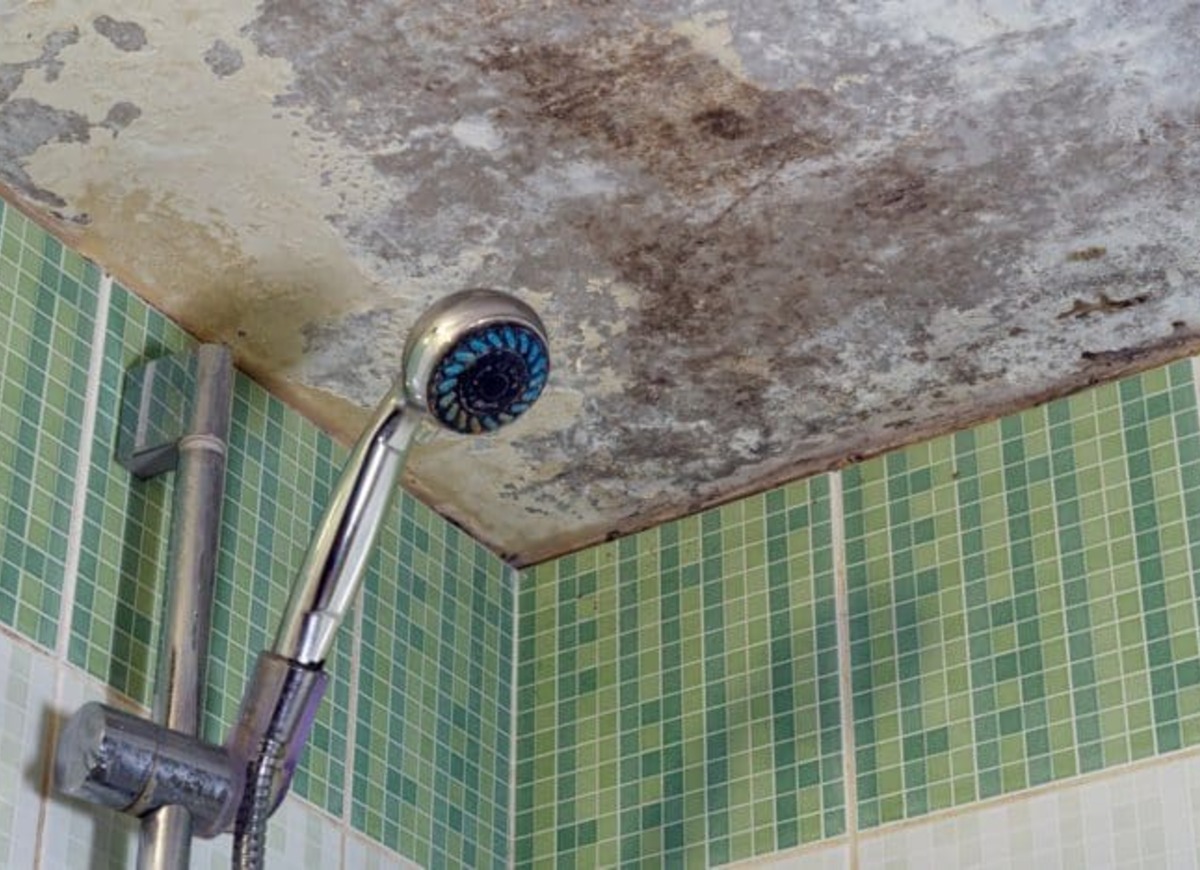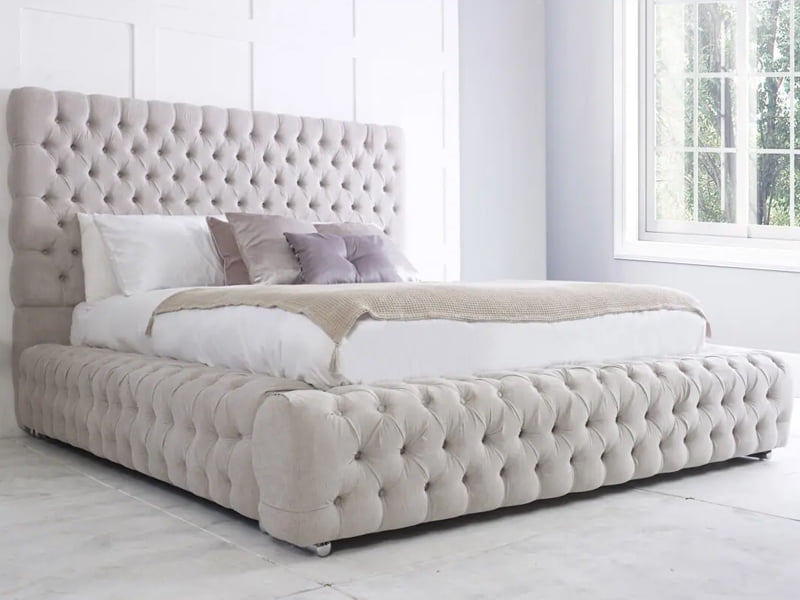Keeping your bathroom clean and mold-free is key for your health. Remove mold from shower and mildew is not just ugly; it can also harm your lungs. In this guide, we’ll show you how to get rid of bathroom mold and keep it away. This way, you can enjoy a clean and fresh shower every time.
If you’re fighting mold in your shower or want to prevent it, this article is for you. We’ll cover everything from identifying common shower mold to choosing the best cleaning products. Let’s get started and make your bathroom mold-free for good!
Understanding Shower Mold: Types and Health Risks
Bathrooms, especially showers, are hotspots for mold growth. Species like Aspergillus and Stachybotrys love the warm, damp conditions. Knowing about these molds and their health risks is key to a clean home.
Common Types of Bathroom Mold Species
Aspergillus and Penicillium are common in bathrooms. They can grow on tiles, grout, and caulking. Stachybotrys, or “black mold,” thrives in moist shower areas.
Health Implications of Shower Mold Exposure
Mold exposure can cause respiratory issues, allergies, and even neurological problems. People with weak immune systems or breathing issues are at higher risk. Quick action to remove and prevent mold is vital.
Why Your Shower Is Prone to Mold Growth
Showers are perfect for mold because of the moisture, warmth, and poor airflow. Water, steam, and humidity make it a mold paradise. This is why many homeowners face shower mold problems.
Essential Supplies and Safety Equipment for Mold Removal
Dealing with mold in your shower can seem tough. But, the right mold removal supplies and safety gear make it easier and safer. Before starting, make sure you have the necessary protective equipment.
First, get gloves, like nitrile or rubber ones, to protect your hands from chemicals and mold spores. A good face mask or respirator is key to avoid breathing in mold particles. Don’t forget goggles or safety glasses to keep your eyes safe from splashes.
You’ll also need cleaning tools like scrub brushes, sponges, and the right cleaning solutions. For tile and grout, use a mold-killing cleaner. Wooden surfaces might do well with a vinegar-based solution.
With the right mold removal supplies and protective equipment, you can safely remove mold from your shower. This will make your home healthier and mold-free.
Natural vs. Chemical Solutions: What Works Best to Remove Mold from Shower and Remove Mold from Wood
When dealing with mold in your shower or on wood, you have choices. You can use natural mold remedies or chemical cleaners. Each has its own benefits and drawbacks. Knowing when to use each can greatly impact the remove mold from wood success.
Effective Natural Remedies for Mold Control
Natural options like vinegar, baking soda, and tea tree oil are great for mold control. Vinegar can kill many mold types. Baking soda absorbs moisture, stopping mold from coming back. Tea tree oil fights mold with its antifungal properties.
These natural solutions are better for the environment and gentler on surfaces. They’re a good choice compared to harsh chemicals.
Commercial Cleaning Products and Their Applications
Chemical mold cleaners are strong and effective for tough mold. Products with bleach or other disinfectants can reach and kill mold in tiles, grout, and wood. But, they need careful use and can harm the environment.
When to Choose Each Method
The choice between natural and chemical cleaners depends on the mold’s severity and the surface. For small mold issues or sensitive surfaces, natural solutions are best. But, for serious mold or hard-to-clean areas, chemical cleaners might be needed.
Understanding the pros and cons of each helps choose the right mold removal method for your situation.
Step-by-Step Guide to Mold Removal Process
Remove mold from shower from your shower or wood surfaces that can seem hard. But, with the right steps, you can get rid of mold and stop it from coming back. First, get the mold removal tools you need, like protective gear, cleaning solutions, and scrubbing tools. Then, follow this guide to remove mold effectively.
Start by cleaning the moldy area well with a mold-killing solution. Put the solution on the moldy surfaces and let it sit for the time suggested. For tough mold on wood, use a stiff-bristled brush to help the solution get in. Then, rinse the area well to get rid of any leftover solution.
After cleaning, check if there’s still mold. If you see mold, clean it again until the area is mold-free. Make sure to check hidden spots, like crevices, because mold likes to hide there.
After removing the mold, fix the moisture problem to stop mold from coming back. Improve air flow, fix leaks, and make sure water drains well in your shower or around wood. Regular cleaning and upkeep, as mentioned in the “Prevention Tips and Maintenance Strategies” section, will help keep mold away.
Prevention Tips and Maintenance Strategies
To keep your shower mold-free, start with a proactive plan. Simple daily habits and long-term solutions can control moisture. This stops mold from growing in your bathroom.
Daily Habits to Prevent Mold Growth
First, make sure your bathroom is well-ventilated. Turn on the exhaust fan or open a window after showering. This removes excess moisture quickly.
After each shower, clean surfaces like the shower curtain, tiles, and grout. Use a squeegee or towel to dry any water spots. This keeps the bathroom dry.
Long-term Solutions for Moisture Control
For better mold prevention, think about installing a dehumidifier. You can also use mold-resistant paint or caulk. These help keep humidity levels low, making it hard for mold to grow.
Recommended Cleaning Schedule
Set up a regular cleaning schedule to keep your shower mold-free. Use a mild, mold-killing cleaner on surfaces at least once a week. Focus on areas like grout lines and caulking.
For a deeper clean, use a stronger disinfectant monthly. This helps keep mold away.
Conclusion
Fighting to remove mold from shower is a big challenge for a clean, healthy home. But now, you have the tools to win this battle. By following the steps in this article, you can keep your bathroom mold-free and safe for your family.
Checking your remove mold from wood, fixing moisture problems, and using natural cleaners are important. Also, cleaning regularly and controlling moisture long-term will keep your shower safe. This way, you avoid the dangers of mold.
By taking these steps, your bathroom will look better and be healthier. Keeping your shower clean and mold-free is good for your home’s health. Enjoy a fresh shower while keeping your home safe and healthy.



